We may earn money or products from the companies mentioned in this post. This means if you click on the link and purchase the item, I will receive a small commission at no extra cost to you … you’re just helping re-supply our family’s travel fund.
Some ruins are so mysterious that they challenge what we think we know about history. Built with techniques far ahead of their time, they raise questions about the skills, knowledge, and purposes of the people who created them. From perfectly cut stone blocks to enormous structures aligned with the stars, these 14 sites continue to intrigue archaeologists, historians, and curious travelers from all over the world.
Stonehenge, England
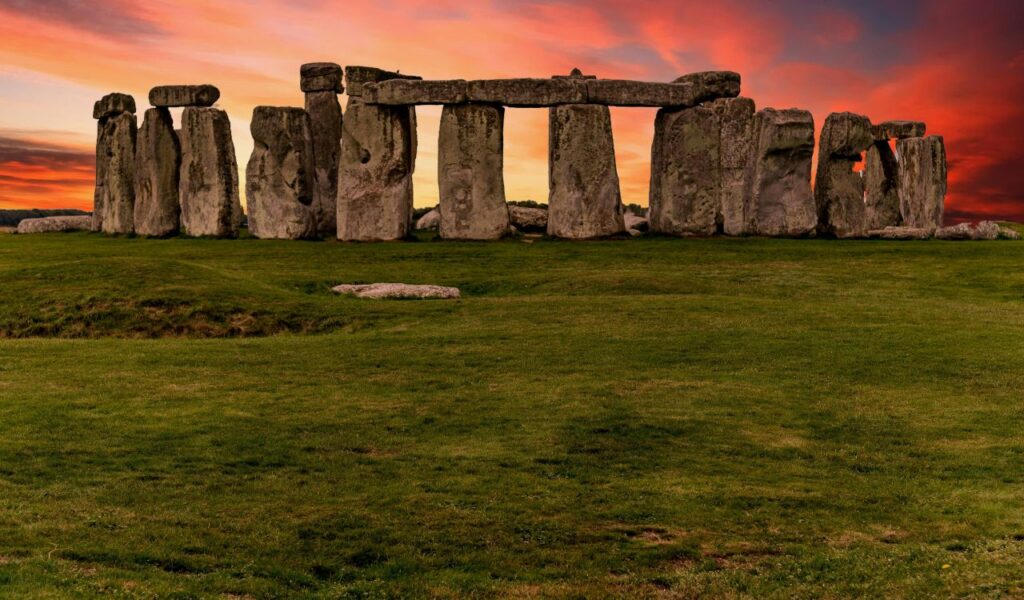
Stonehenge is a prehistoric circle of massive stones built over 4,000 years ago. How the builders transported and arranged the stones without modern tools is still unknown. The site may have been used as an astronomical calendar, a ceremonial gathering place, or both. The precision, size, and alignment with the solstices continue to puzzle researchers, making Stonehenge one of the world’s most iconic mysteries.
Great Pyramids of Giza, Egypt
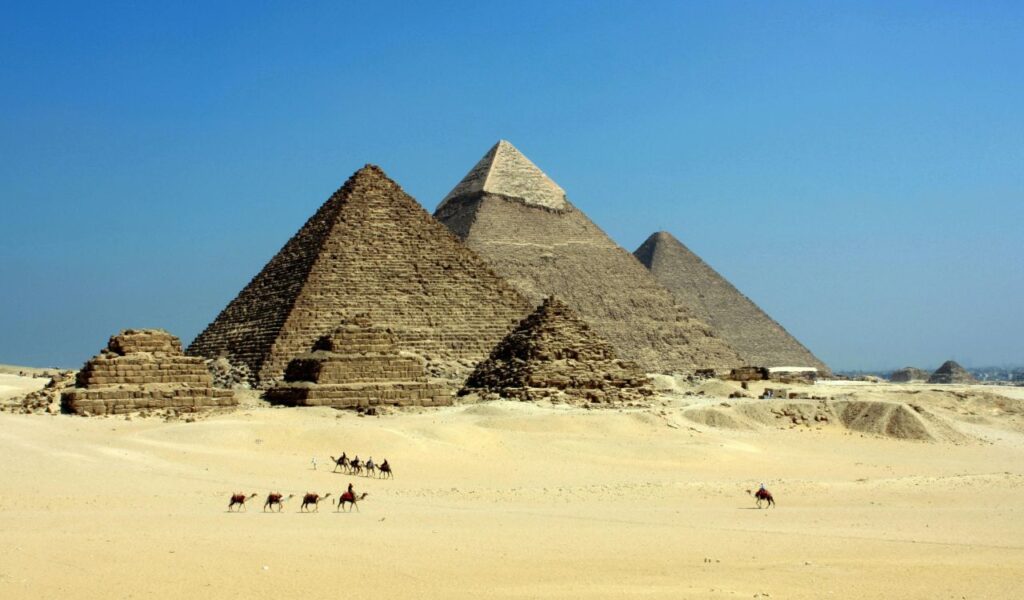
The Great Pyramids have stood for more than 4,500 years, and how they were built remains one of history’s biggest questions. Theories range from ramps to unknown lifting techniques for moving huge limestone blocks. Their alignment with celestial bodies suggests advanced astronomical knowledge. These monumental tombs for pharaohs remain a testament to ancient engineering that still defies full explanation today.
Machu Picchu, Peru
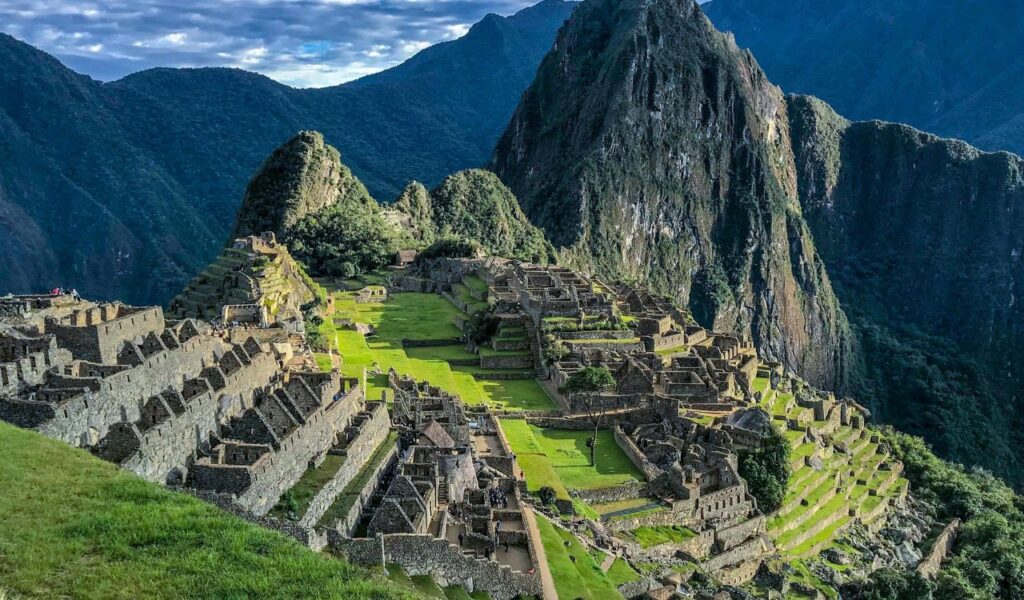
Machu Picchu is a 15th-century Incan citadel hidden high in the Andes. Its purpose is still debated—possibly a royal retreat or a sacred site. The precise stonework, created without mortar, and the alignment with astronomical events show remarkable skill. The site was unknown to the outside world until 1911, and its isolated location adds to the enduring mystery of its creation.
Gobekli Tepe, Turkey
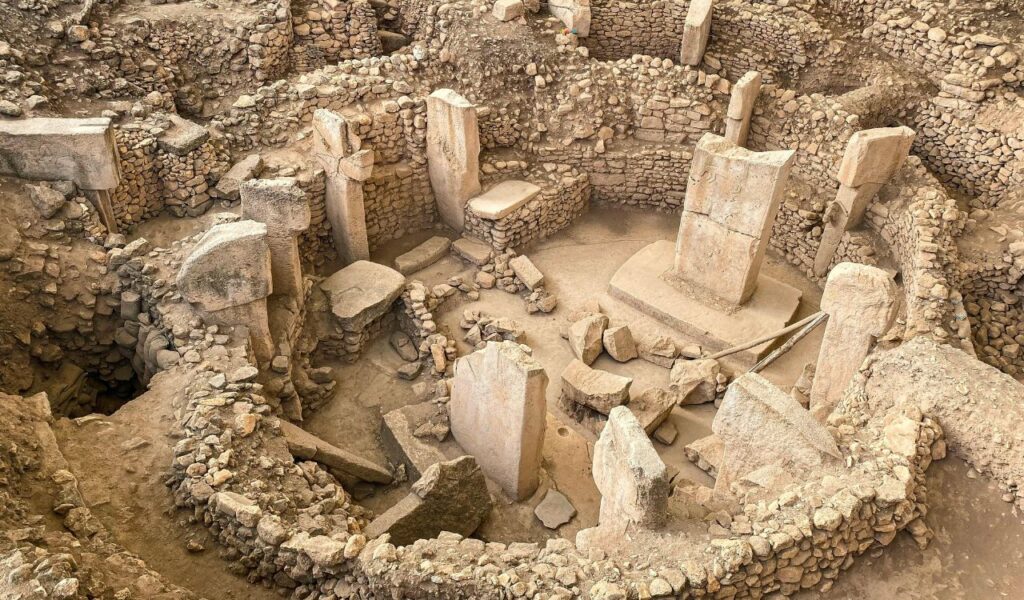
Gobekli Tepe is over 11,000 years old, making it the oldest known monumental site. Massive stone pillars with animal carvings were built before farming or cities existed. No one knows who built it or why, but its complexity suggests an advanced social structure for the time. This site challenges accepted timelines of human development and remains one of archaeology’s greatest puzzles.
Moai Statues, Easter Island
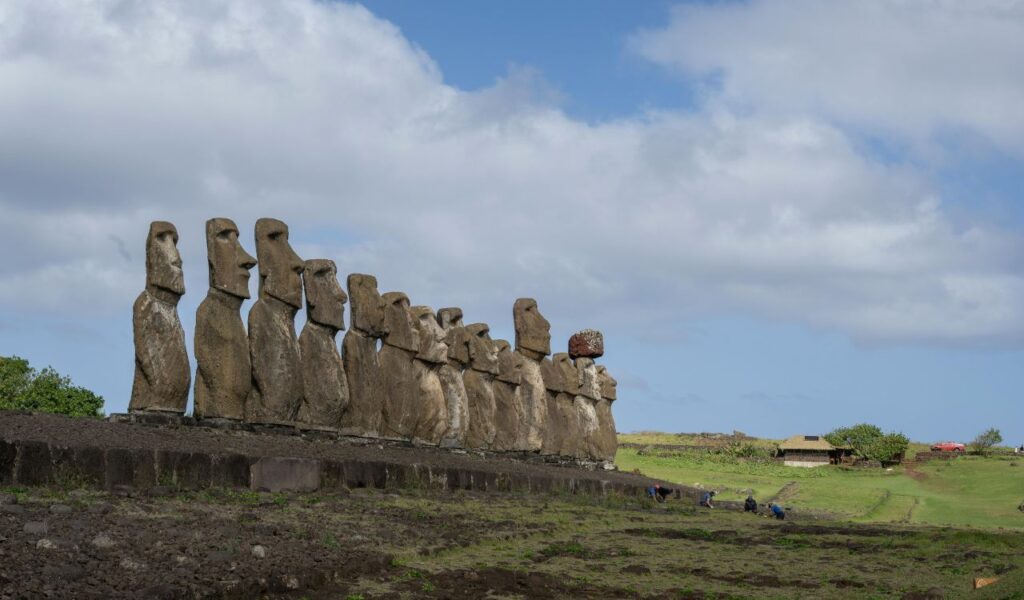
The Moai statues, carved between the 13th and 16th centuries, are massive stone figures that can weigh over 80 tons. How the islanders transported them across rugged terrain without modern equipment remains unclear. The statues likely honored ancestors or held spiritual meaning. Their scale, craftsmanship, and the mystery of their movement keep them among the most studied ancient wonders.
Puma Punku, Bolivia

Puma Punku is part of the Tiwanaku complex and is known for its precisely cut stone blocks, some weighing hundreds of tons. The stones fit together so perfectly that no mortar was needed. The methods used to shape and move these stones are still unknown. The site’s advanced craftsmanship for its time leaves archaeologists debating its origins and the technology used to create it.
Nazca Lines, Peru
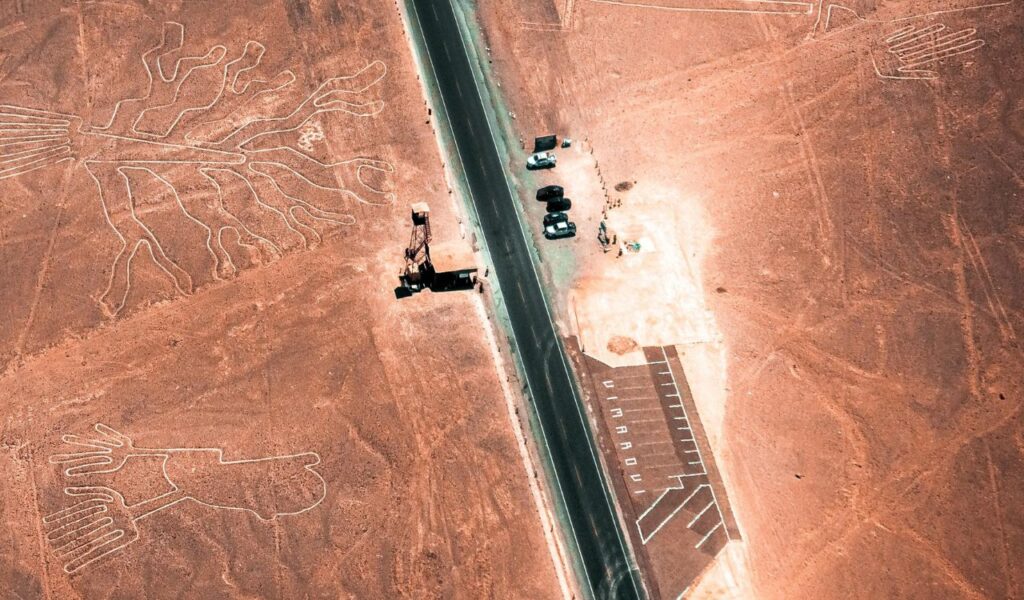
The Nazca Lines are giant figures etched into the desert floor between 500 BCE and 500 CE. They include animals, plants, and geometric shapes that are best seen from the air. Their purpose remains uncertain—possibly astronomical markers or ceremonial pathways. The precision, massive scale, and durability of the lines continue to inspire theories about their creators and meaning.
Baalbek, Lebanon

Baalbek features some of the largest stone blocks ever used in construction, with some weighing nearly 800 tons. How ancient builders cut, moved, and positioned them remains unexplained. The site’s origins predate Roman structures built on top of it, suggesting an even older civilization. Its blend of massive scale and unknown techniques makes Baalbek a key archaeological mystery.
Yonaguni Monument, Japan
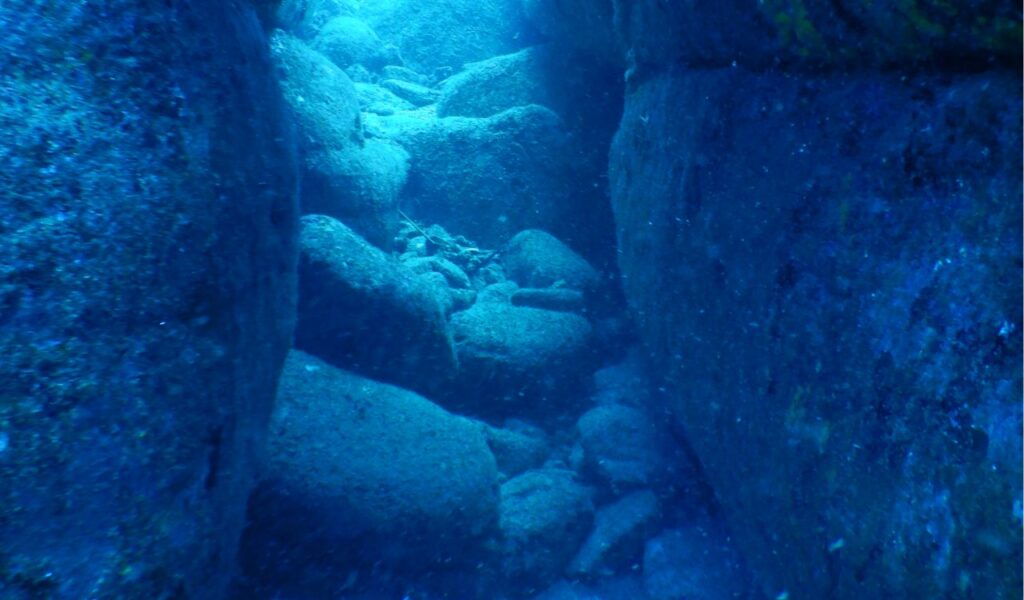
The Yonaguni Monument lies underwater off Japan’s coast and features terraces, steps, and flat platforms. Debate continues over whether it is a natural formation or a man-made structure from a lost civilization. If human-made, it could be over 10,000 years old. Its location beneath the sea, combined with its unusual shapes, keeps researchers divided on its true origin and purpose.
Sacsayhuamán, Peru
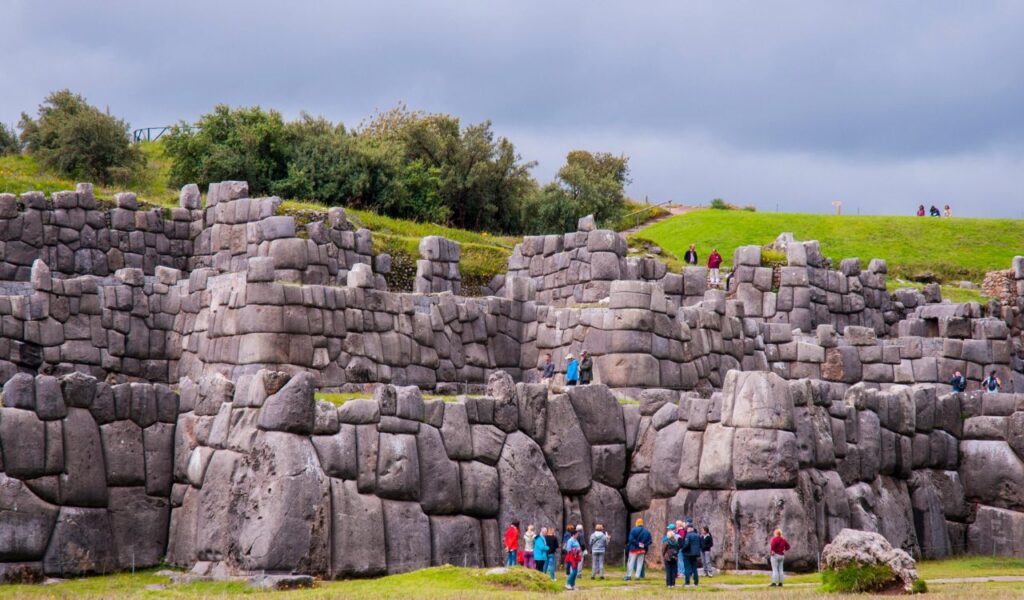
Sacsayhuamán is an Incan fortress near Cusco built with massive stone blocks cut so precisely that no gaps exist between them. The methods used to quarry, shape, and transport these stones without advanced tools remain unknown. The site’s scale and defensive layout suggest it was both a ceremonial and strategic center, leaving archaeologists fascinated by its construction.
Newgrange, Ireland
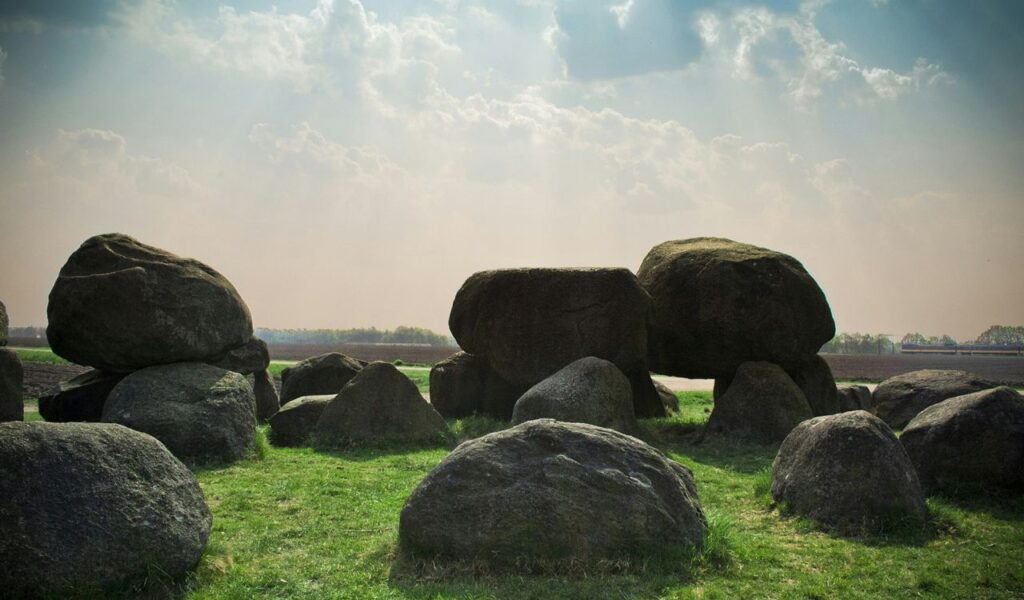
Newgrange is a 5,000-year-old passage tomb older than Stonehenge and the Pyramids. Its entrance is aligned so that sunlight floods the inner chamber during the winter solstice. How ancient builders achieved such precision without modern instruments is unknown. The site’s mix of astronomical accuracy and elaborate construction makes it one of Europe’s most impressive prehistoric monuments.
Derinkuyu Underground City, Turkey
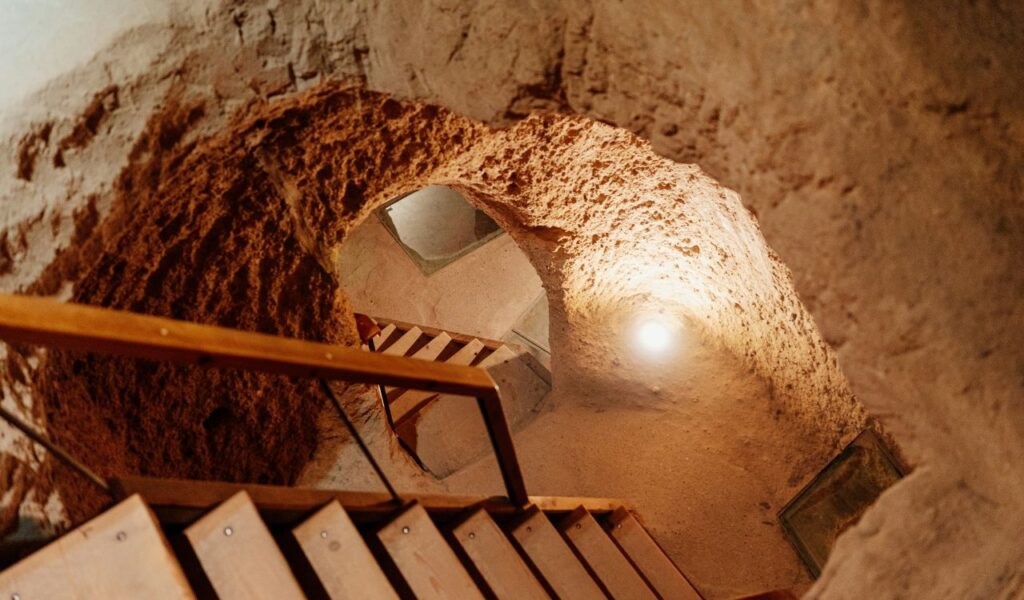
Derinkuyu is an ancient underground city in Cappadocia that could shelter up to 20,000 people. It includes tunnels, ventilation shafts, wells, and living areas carved deep into the rock. The reason for its creation—likely protection from invasions—is still debated. Its complexity, scale, and engineering remain impressive, making it one of the most extraordinary underground sites in the world.
Teotihuacan, Mexico
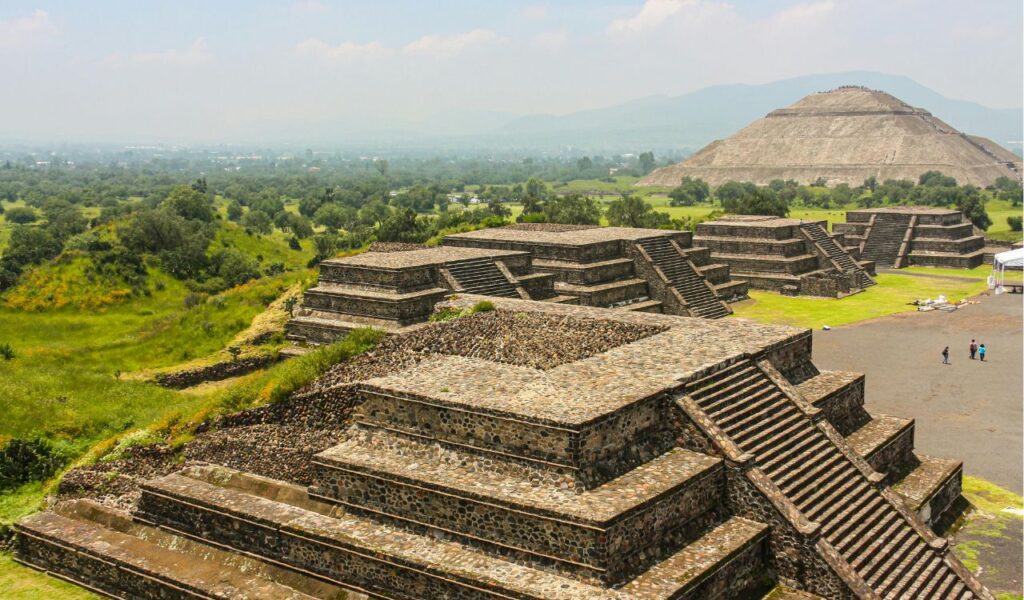
Teotihuacan was a massive city with pyramids, plazas, and a perfectly planned layout. Built centuries before the Aztecs arrived, its original builders are still unknown. The city’s astronomical alignments and monumental architecture suggest advanced knowledge. Why the city was abandoned remains a mystery, adding to its status as one of the most fascinating archaeological sites in the Americas.
Great Zimbabwe, Zimbabwe
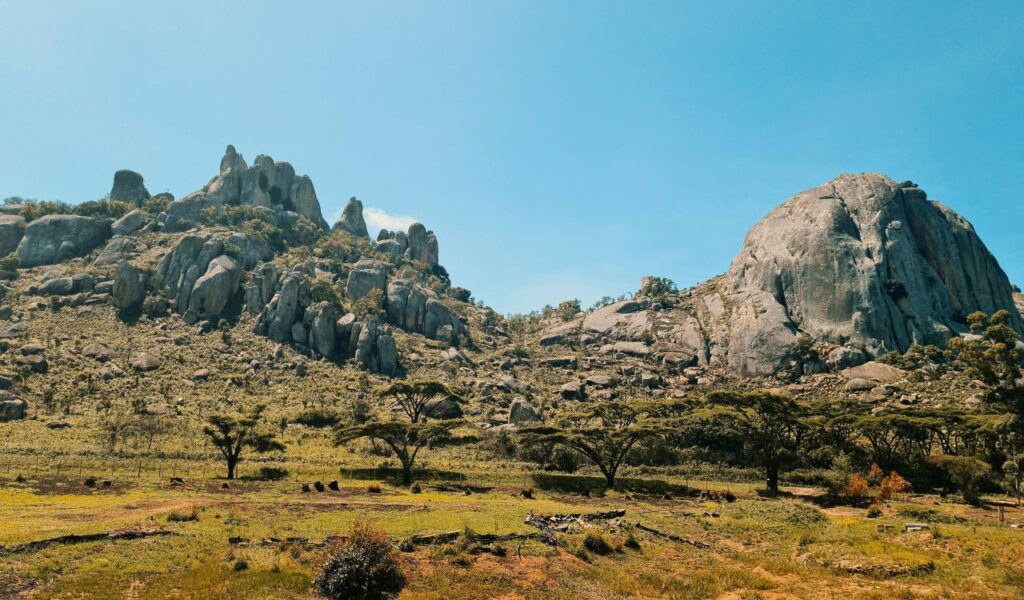
Great Zimbabwe was the center of a powerful kingdom between the 11th and 15th centuries. Its large stone walls were built without mortar, using advanced techniques for the time. The city’s role in regional trade and the reason for its decline are still debated. Great Zimbabwe’s impressive construction and uncertain history make it a key site in Africa’s archaeological heritage.
Other Blog Posts You Might Enjoy
www.idyllicpursuit.com (Article Sourced Website)
#Ancient #Ruins #World #Defy #Explanation #Idyllic #Pursuit
